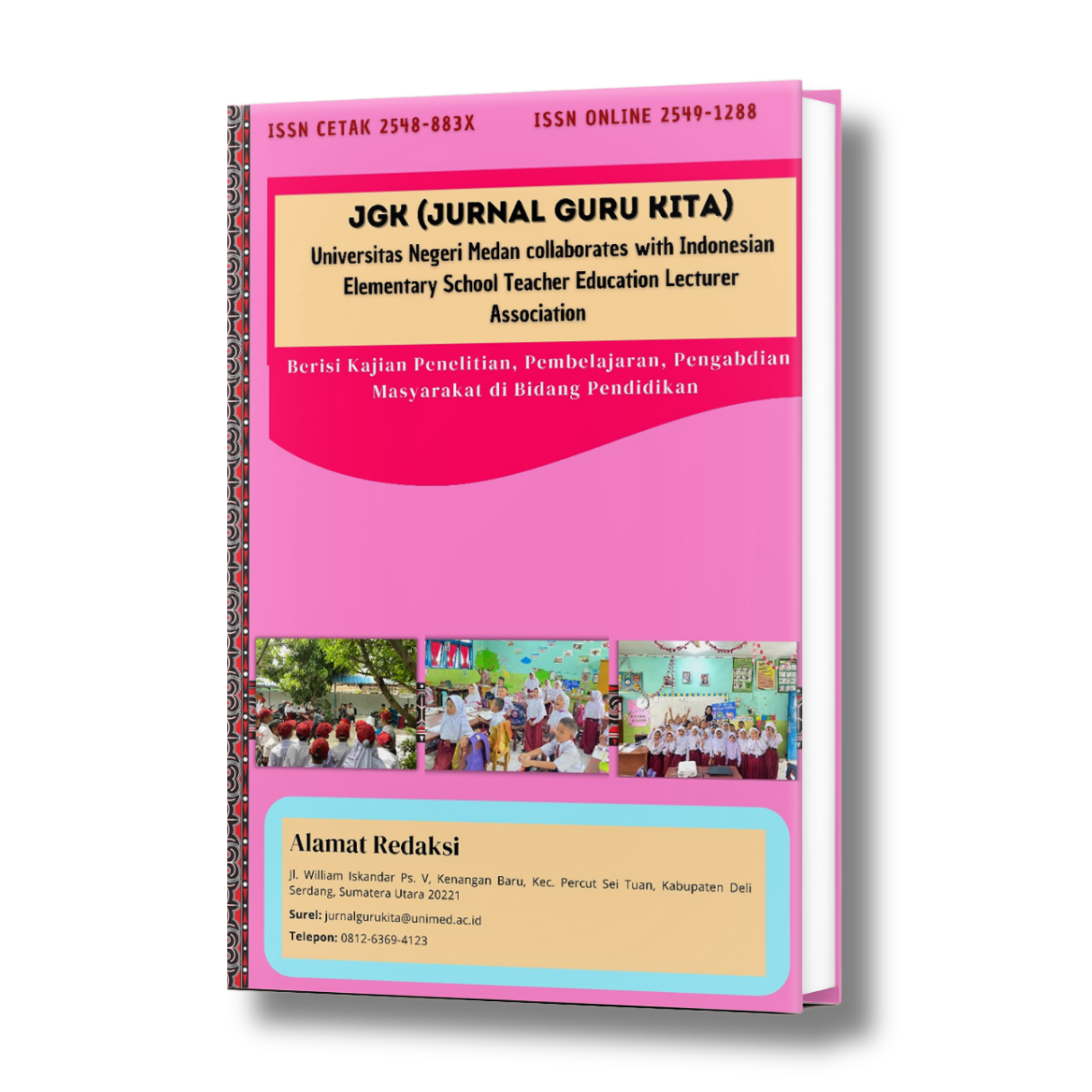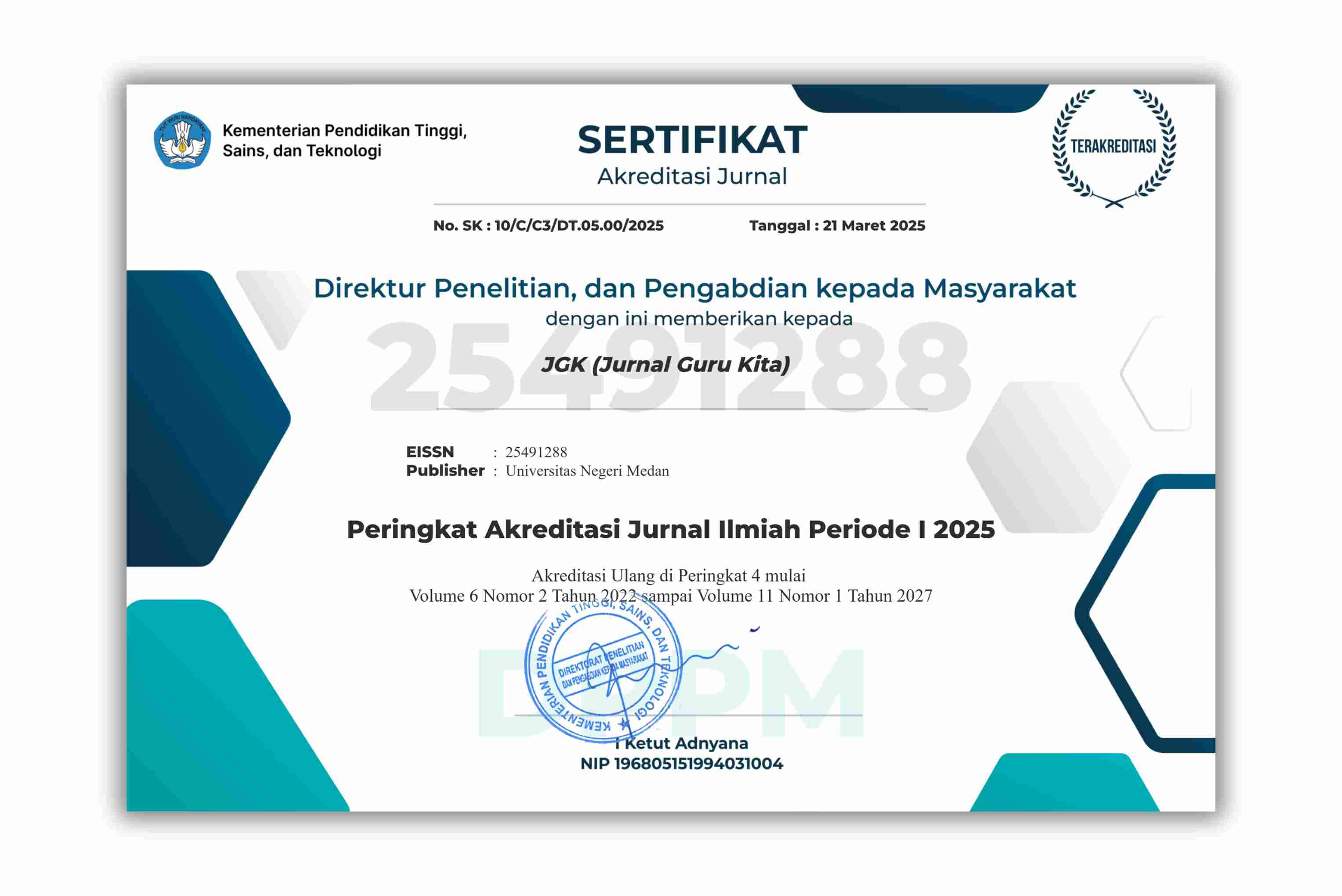TIME OF TODAY
COVER JOURNAL

| SINTA ACCREDITATION |
SK DIKTIRISTEK 0173/C3/DT.05.00/2025
| CERTIFICATE |
Accredited Rank 4 (SINTA 4) starting from Volume 6 Number 2 of 2022 to Volume 11 Number 1 of 2027
| ARTICLE TEMPLATE |
| SUPERVISED JOURNAL |
| INDEXING JOURNAL |
| JOURNAL VISITOR |
| IN COLABORATION WITH |
| P-ISSN : 2548-883X |
| E-ISSN : 2548-883X |
| CONTACT US |























